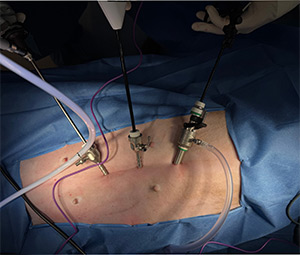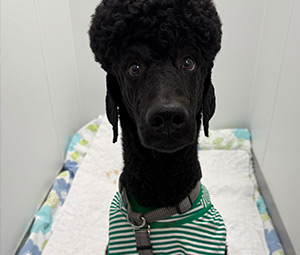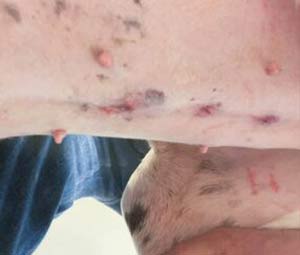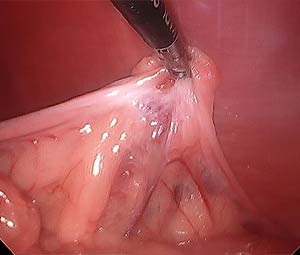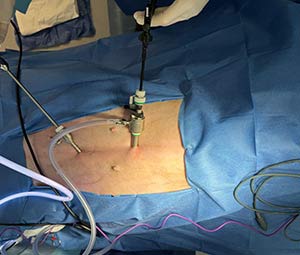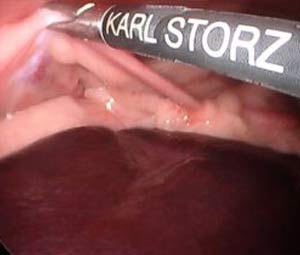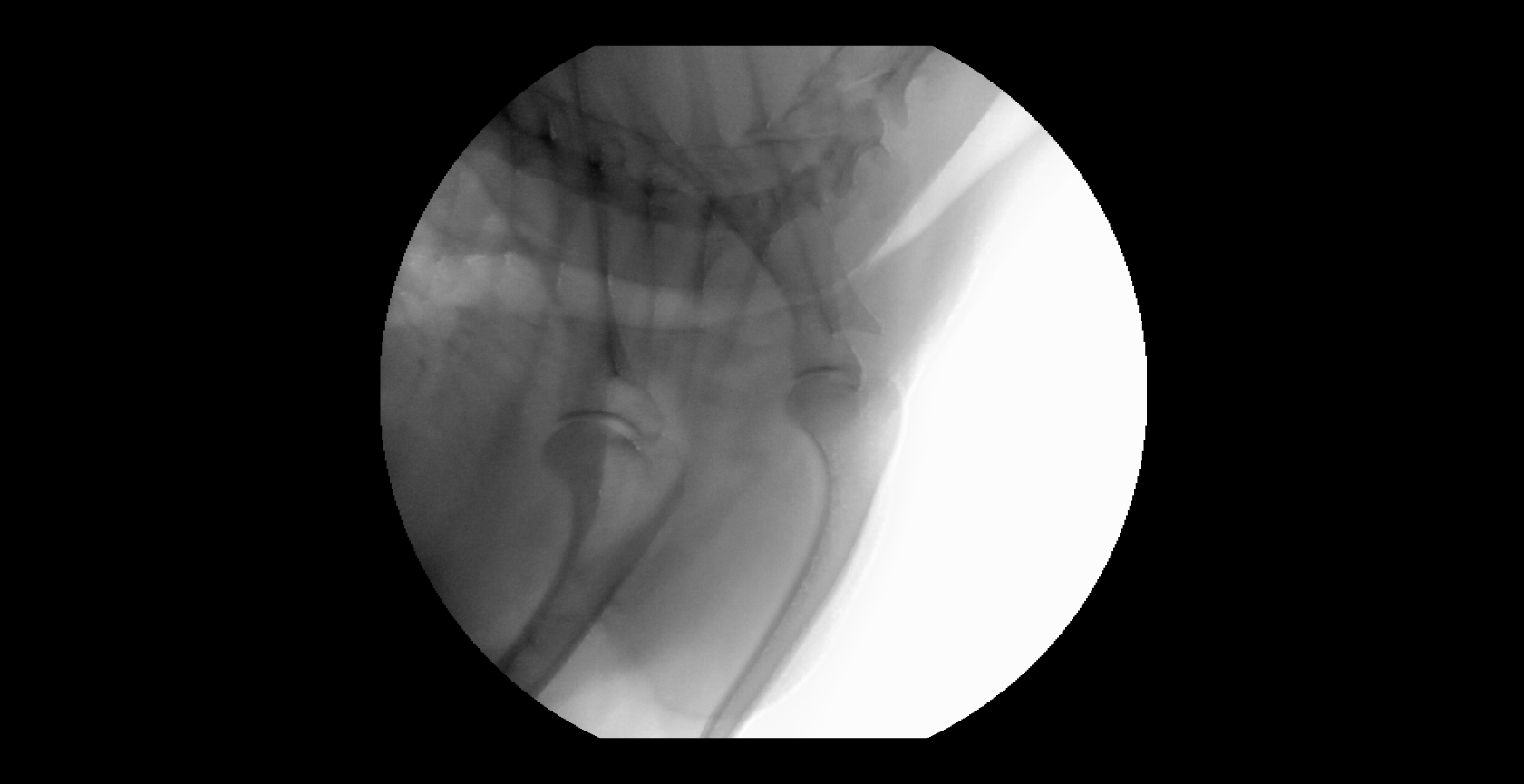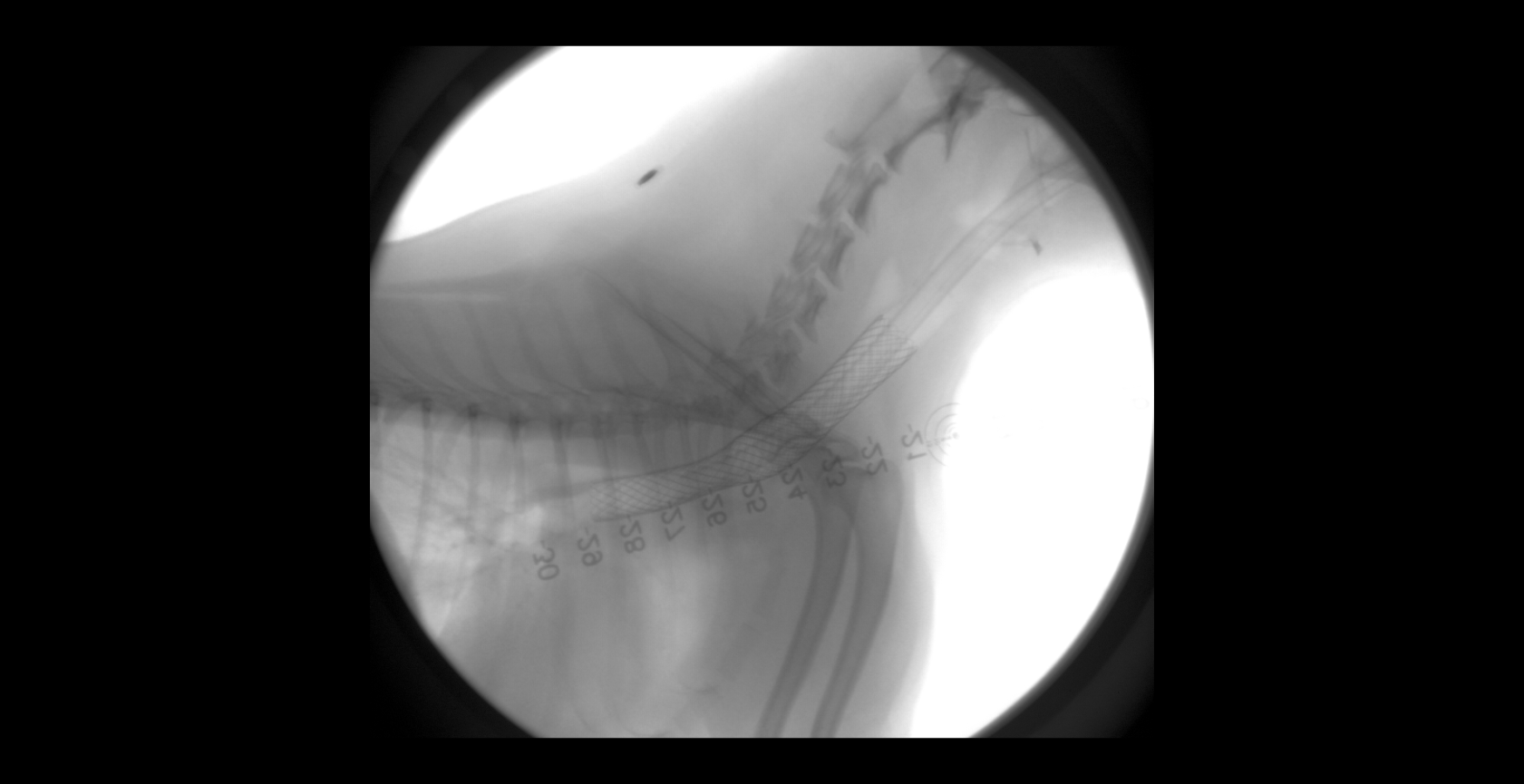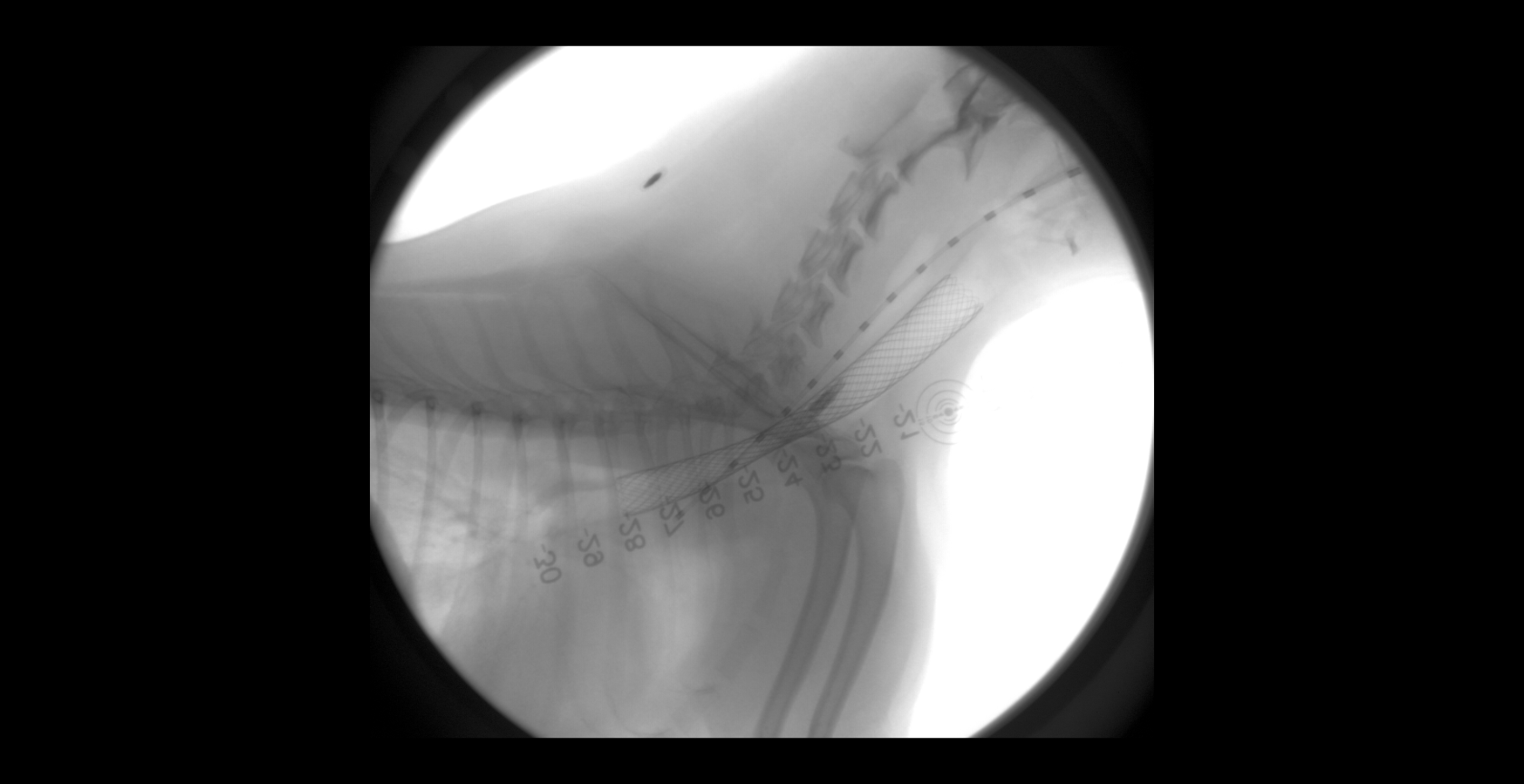Laparoscopic Gastropexy
Prophylactic gastropexy is a procedure that attaches the stomach to the inside of the abdominal wall to prevent twisting or flipping of the stomach (volvulus) when a dog experiences gastric dilatation and volvulus (GDV). This procedure has a success rate greater than 95% in prevention of this life threatening condition and should be considered in large or giant breed dogs that are prone to GDV. Risk factors for GDV can include age, breed, conformation, temperament, and having a direct relative that has been afflicted with GDV. Commonly affected breeds include Great Danes, German Shepherds, Standard Poodles, St. Bernards, Setters, Weimaraners and Akitas. Talk to your veterinarian if you think a gastropexy is indicated in your large or giant breed dog.

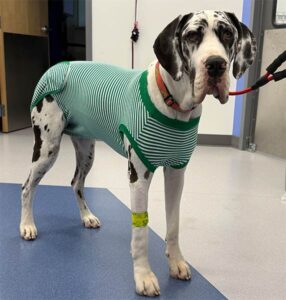 Most large or giant breed dogs are candidates for prophylactic gastropexy. However, the risk for your individual dog depends not only on his or her breed, but also on age, conformation, and temperament. One large risk factor is having a direct relative that has been afflicted with GDV, therefore it can be helpful to ask your dog’s breeder about the risk as well. In general, a Great Dane’s hightened lifetime risk for GDV typically warrants prophylactic gastropexy. Talk to your veterinarian about risk factors in your dog.
Most large or giant breed dogs are candidates for prophylactic gastropexy. However, the risk for your individual dog depends not only on his or her breed, but also on age, conformation, and temperament. One large risk factor is having a direct relative that has been afflicted with GDV, therefore it can be helpful to ask your dog’s breeder about the risk as well. In general, a Great Dane’s hightened lifetime risk for GDV typically warrants prophylactic gastropexy. Talk to your veterinarian about risk factors in your dog.